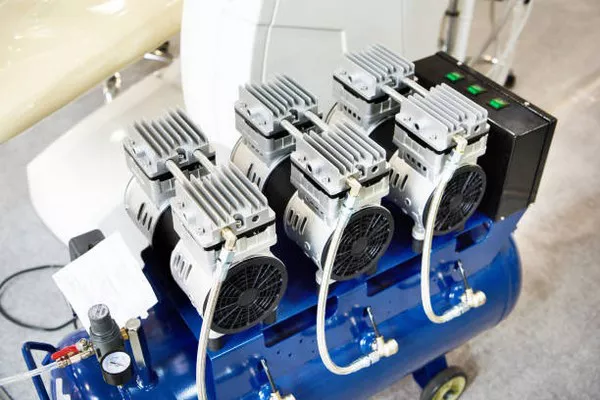In the intricate symphony of automotive components, the air conditioning (AC) compressor plays a pivotal role in ensuring a comfortable and controlled environment within the vehicle cabin. As temperatures rise, the demand for efficient climate control becomes paramount, and the AC compressor emerges as the unsung hero, tirelessly working to keep passengers cool and content. In this article, we delve into the intricacies of the AC compressor, its function, components, and the critical role it plays in the overall performance of a car’s cooling system.
Function of an AC Compressor
At its core, an AC compressor is a mechanical device responsible for pressurizing and circulating the refrigerant within the air conditioning system. The primary objective is to absorb heat from the cabin, transfer it to the refrigerant, and then expel the heat to the external environment. This process allows the air inside the vehicle to be cooled, creating a comfortable atmosphere for occupants.
Key Components
Pulley and Clutch Assembly: The AC compressor is often belt-driven, with a pulley and clutch assembly facilitating the connection to the engine. The pulley enables the compressor to rotate, while the clutch engages and disengages the compressor as needed, conserving energy when the AC is not in use.
Compressor Housing: Housed within the compressor housing is the heart of the system – the compressor itself. This is where the magic happens. The compressor compresses the low-pressure, low-temperature refrigerant gas, turning it into a high-pressure, high-temperature gas.
Refrigerant Intake and Outlet Ports: The compressor features intake and outlet ports that allow the refrigerant to enter and exit. As the refrigerant flows through the compressor, it undergoes a phase change from a low-pressure gas to a high-pressure gas.
Oil Lubrication System: Compressors require proper lubrication to function efficiently and maintain longevity. An oil lubrication system is integrated into the compressor, ensuring smooth operation and reducing friction between moving parts.
Electromagnetic Clutch: In some systems, an electromagnetic clutch is employed to engage and disengage the compressor. This allows for precise control over when the compressor is in operation, preventing unnecessary energy consumption.
Working Mechanism
The AC compressor operates on the principles of thermodynamics and fluid dynamics. The refrigerant, typically a specialized gas like R134a, begins its journey in the low-pressure side of the system. As it enters the compressor, the pulley and clutch assembly kick into action, initiating the compression process.
The compressor compresses the refrigerant, causing its temperature and pressure to rise significantly. This high-pressure, high-temperature gas then flows through the system’s condenser, where it releases heat to the surrounding air. As the refrigerant cools down, it transforms into a high-pressure liquid.
The high-pressure liquid travels through the expansion valve, which reduces its pressure and temperature. This results in the creation of a low-pressure, low-temperature liquid that enters the evaporator inside the vehicle cabin. The evaporator absorbs heat from the cabin air, turning the liquid back into a low-pressure gas.
The cycle repeats as the low-pressure gas returns to the compressor to start the process anew. This continuous cycle ensures that the vehicle cabin remains cool and comfortable, regardless of external temperatures.
Importance of AC Compressor Maintenance
Given the integral role of the AC compressor in maintaining a comfortable driving environment, regular maintenance is crucial. Here are a few key considerations:
Refrigerant Levels: Ensuring the proper level of refrigerant is essential for optimal compressor function. Low refrigerant levels can lead to inefficient cooling and potential damage to the compressor.
Oil Levels: The compressor’s lubrication system requires adequate oil levels to prevent friction and wear between moving parts. Regular oil checks and changes are vital for compressor longevity.
Visual Inspection: Regular visual inspections can identify potential issues such as leaks, damage to the compressor housing, or issues with the pulley and clutch assembly. Addressing these concerns promptly can prevent more significant problems down the line.
Performance Testing: Periodic performance testing of the AC system can reveal any inefficiencies or abnormalities in the compressor’s operation. This includes checking for proper engagement and disengagement of the clutch, as well as assessing temperature differentials in the system.
Conclusion
In the realm of automotive technology, the AC compressor stands out as a critical component for passenger comfort and safety. Its ability to regulate cabin temperature, especially in extreme weather conditions, enhances the overall driving experience. Understanding the function and components of the AC compressor allows vehicle owners to appreciate its importance and take proactive measures to ensure proper maintenance. As automotive engineering continues to evolve, the AC compressor remains a stalwart contributor to the seamless integration of advanced climate control systems in modern vehicles.

